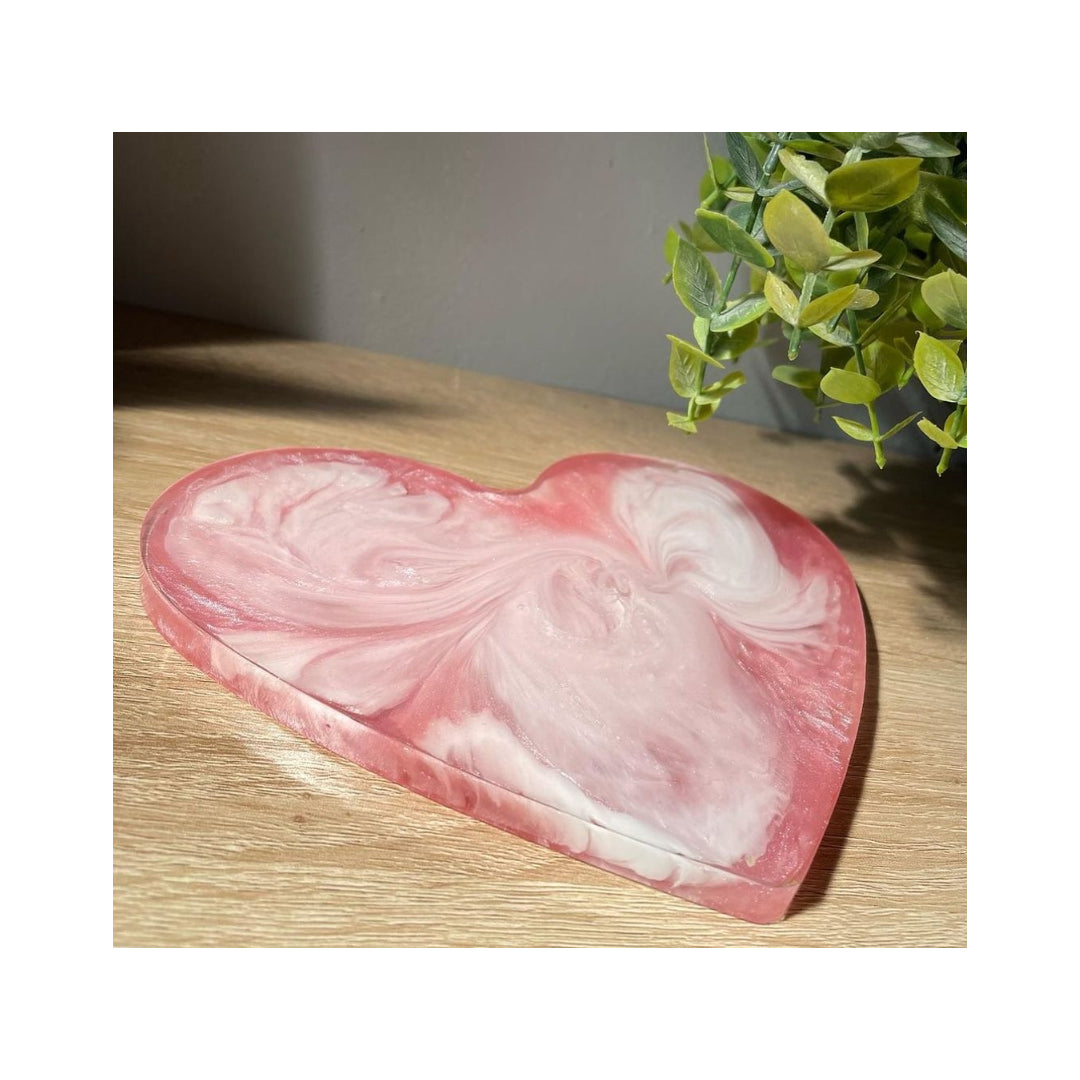Introduction:
Resin is a versatile compound with a wide range of applications, from industrial manufacturing to crafting and DIY. Its durability, water resistance, and ability to be transformed into stunning works of art have made it a popular choice among hobbyists, artists, and professionals alike. This comprehensive guide delves into the world of resin, providing essential information to help you navigate the intricacies of resin selection, application, and safety.
Exploring the Diverse World of Resin: Thermosetting vs. Thermoplastic Resins
Resin can be broadly categorized into two primary types: thermosetting resins and thermoplastic resins. Each type possesses unique properties that make it suitable for specific applications.
Thermosetting Resins: These resins, including epoxy resin, phenolic, and polyester resin, undergo a permanent chemical transformation during curing, rendering them impervious to reshaping once set. Their exceptional durability makes them ideal for manufacturing items like car parts, aircraft components, and electrical components.
Thermoplastic Resins: Unlike their thermosetting counterparts, thermoplastic resins exhibit the ability to soften and be remolded upon heating. This characteristic makes them a suitable choice for creating composite materials, such as pipes, packaging materials, and textiles. Additionally, their versatility has led to their widespread adoption in 3D printing, allowing for the creation of intricate shapes and designs.

Applications: Resin in Action
Resin's versatility has opened doors to a wide range of applications, from industrial manufacturing to crafting masterpieces.
Construction: Resin plays a crucial role in the production of fiberglass panels, flooring, and countertops, providing durability and water resistance.
Automotive: Resin's strength and resilience make it a go-to material for car parts, body panels, and adhesives, ensuring the safety and performance of vehicles.
Healthcare: Resin's applications extend to the medical field, where it is used in medical devices, dental fillings, and prosthetics, improving patient care and outcomes.
Crafting and DIY: Resin has become a beloved material among crafters and DIY enthusiasts, enabling the creation of jewelry, beads, decorative items, countertops, and other furnishings, adding a touch of elegance and personalization to homes and workspaces.
Choosing the Right Resin: A Step-by-Step Guide
Selecting the appropriate resin for your specific project requires careful consideration of several factors to ensure optimal results.
1. Purpose: The intended use of your project is the primary determinant in choosing the right resin. For durable items, epoxy or polyester resins are a suitable choice. If flexibility is required, thermoplastic resins (such as PVC, polyethylene, or polypropylene) would be more appropriate.
2. Application Method: The application method plays a significant role in resin selection. For example, if you are using a mold to create your piece, consider using a low-viscosity epoxy resin, allowing it to flow easily into intricate details.
3. Curing Time: The curing time of the resin is another crucial factor to consider. If your project is time-constrained, opt for a resin with a shorter curing time, such as a UV-cured resin.
4. Price: Resin costs vary depending on its type, quality, and brand. Evaluate your budget and select a resin that is both affordable and meets your project's demands without compromising on quality.
Safety Precautions: Working with Resin Safely
While resin offers a wealth of creative possibilities, it is essential to prioritize safety when working with this material.
Personal Protective Equipment: Always wear personal protective equipment, such as gloves, safety glasses, and a face mask, when handling resin to prevent skin irritation, eye damage, and inhalation of harmful fumes.
Ventilation: Work in a well-ventilated area to ensure adequate air circulation and minimize exposure to airborne substances.
Manufacturer's Instructions: Carefully read and follow the manufacturer's instructions for the specific resin you are using to ensure proper usage and optimal results.
Proper Storage: Store resin in a cool, dry place away from direct sunlight and heat sources to extend its shelf life and maintain its quality.

Teexpert: Your Trusted Expert in the Realm of Resin
Teexpert is a leading provider of high-quality resin products, with a reputation for excellence in the resin industry. Their commitment to innovation, coupled with their dedication to customer satisfaction, has made them a trusted resource for resin enthusiasts and professionals alike.
Teexpert's comprehensive range of resin products caters to a diverse spectrum of needs and applications:
- Deep Pour Resin: Ideal for capturing the beauty of flowers and creating stunning river table.
- Crystal clear resin: For creating clear and transparent objects
- Classic clear resin: A versatile option for a variety of projects
- Quick-curing resin: For projects with tight deadlines
- Art resin: For coating unique and artistic pieces
- Tabletop resin: For coating durable and beautiful countertops
Conclusion
Resin is a versatile and indispensable material with a wide range of applications. By understanding the types of resin, considering factors such as purpose, application method, and curing time, and following proper safety precautions, you can confidently select the right resin for your project. Whether you are crafting jewelry or manufacturing durable components, this guide will provide you with the knowledge to create stunning and enduring objects. Teexpert, with its expertise in resin products, offers a diverse range of options to support your creative endeavors.
Keywords: Resin, Thermosetting resins, Thermoplastic resins, Epoxy resin, Personal protective equipment


